- Empty cart.
- Continue Shopping
King white Mulberry
Original price was: ₹980.00.₹650.00Current price is: ₹650.00.
Genus : Morus
The King White Mulberry Plant is a hardy fruit tree that will enhance the beauty of your garden while providing you with tasty and nutritious fruits. This variety of mulberry tree produces large, juicy, and sweet white mulberries that are perfect for eating fresh, making jams, or adding to desserts. The King White Mulberry tree is easy to grow, adaptable to various soil conditions, and requires moderate watering and full sun exposure. Its dense foliage provides shade and attracts birds, making it an excellent addition to any garden or landscape. Plant the King White Mulberry tree and enjoy the beauty and bounty it brings to your outdoor space.
King White Mulberry, also known as Morus alba ‘King White’, is a deciduous tree that is native to China, but has been widely cultivated in many parts of the world for its edible fruit and ornamental value. It is a member of the Moraceae family and is closely related to other mulberry species such as black mulberry (Morus nigra) and red mulberry (Morus rubra).
King White Mulberry typically grows to a height of 30-50 feet (9-15 meters) with a spread of 20-30 feet (6-9 meters). It has a broad, spreading crown and a straight trunk with light gray bark that becomes rough and furrowed with age. The leaves of the King White Mulberry are simple, alternate, and heart-shaped, with a serrated margin. They are glossy green in color, but turn yellow in the fall before dropping off.
The fruit of the King White Mulberry is a small, cylindrical drupe that is about 1 inch (2.5 cm) long and 0.4 inches (1 cm) in diameter. The fruit is white when ripe, with a sweet flavor and a juicy texture. It is commonly used in jams, jellies, and other culinary applications. The fruit is also an important food source for silkworms, which are raised for their silk.
King White Mulberry is a hardy and adaptable tree that can grow in a wide range of soil types and climatic conditions. It prefers full sun and well-drained soil, but can tolerate partial shade and occasional flooding. It is a fast-growing tree that can be propagated by seeds, cuttings, or grafting.
Overall, King White Mulberry is a beautiful and useful tree that is well-suited for a variety of landscaping and agricultural applications. Its edible fruit, ornamental value, and ability to support silkworms make it a valuable addition to any garden or farm

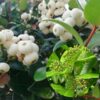
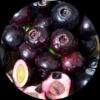
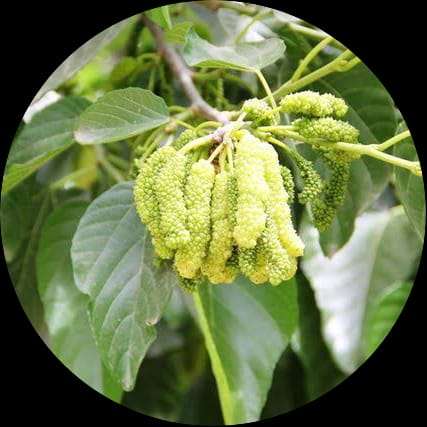
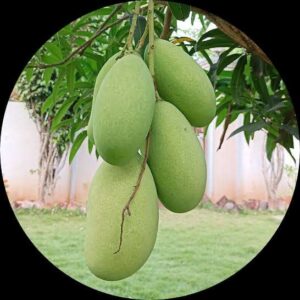
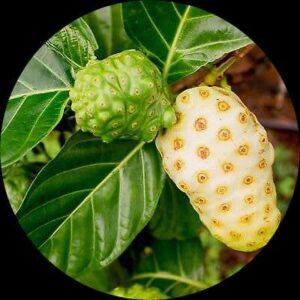
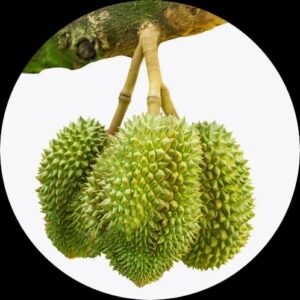
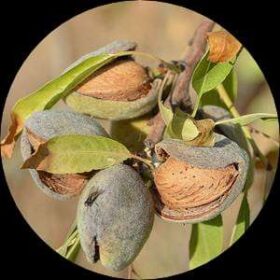

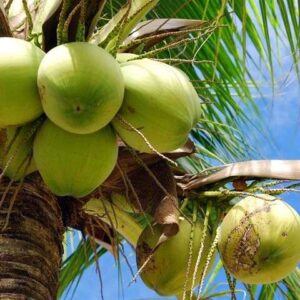
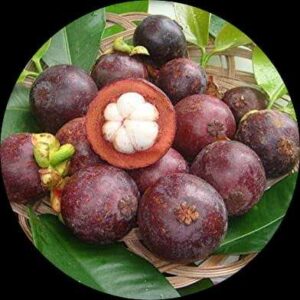

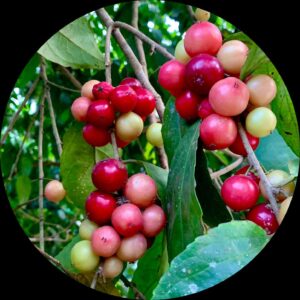
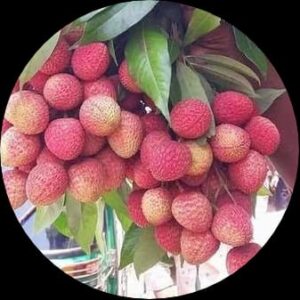
Reviews
There are no reviews yet.